Main content
Coasts: What to expect
the most dynamic and varied habitat on the planet
Coasts are the most dynamic and varied habitat on the planet. Stretching for a million miles and occupying almost every latitude, this frontier between land and sea is a place where life must battle constant change. Change arrives with every season, every tide, and every ocean swell…
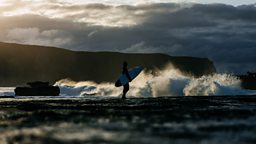
Shipstern Bluff, Tasmania is a dramatic coastline that hosts one the most infamous surf breaks in the world. This wave is only rideable when conditions are right, on just a handful of days each year, and only by the most experienced and intrepid surfers. Even then, success is not guaranteed.
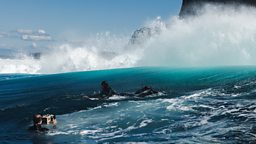
Capturing this scene required some equally experienced and intrepid cameramen too鈥�
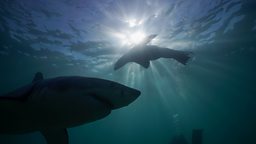
In South Africa, we meet a colony of Cape fur seals, whose pups are approaching independence and beginning to explore the daunting ocean world. The young fur seals are surprisingly adept in these turbulent waters, but it's not long before they meet their nemesis鈥� the great white shark. But this is not just your average story of predator versus prey. Be sure to watch out for a very unexpected twist.

Despite the dangers, coasts attract all comers because they are also places of great opportunity. Few visitors are as unlikely as the terrestrial wandering garter snake.
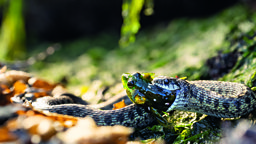
The story of the terrestrial wandering garter snake began life as an anecdote, which we chased with dogged determination. But once on location we discovered an extraordinary population of these snakes, who seem to specialise in coastal living during the warm summer months. We have since shared our footage with a herpetologist, who is studying to understand just how these land snakes have adapted to the marine world.
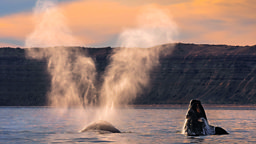
For all the turmoil, some special stretches of coast are sanctuaries too. In fact, southern right whales will travel thousands of kilometres to return to Pen铆nsula Vald茅s, Argentina. This vast nursery bay hosts the biggest gathering of these whales in the world.
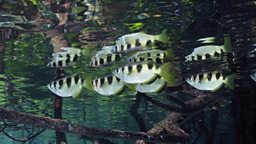
Likewise, there is shelter to be found on the coasts of the Raja Ampat Islands, Indonesia. These shores are home to mangroves, trees that are rooted in the seabed itself. So here, an archer fish can hunt in a forest by extraordinary means鈥� Tune in to find out how.
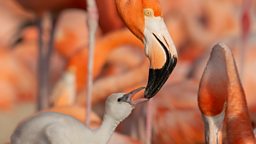
On the exposed coast of Mexico鈥檚 Yucatan, the challenge is very different. Vivid, shallow, hypersaline lagoons are concentrated by the sun. For Caribbean flamingos who can tolerate it, it provides safety against predators, and it鈥檚 here they choose to nest. But the same exposure that creates the lagoons is a danger when storm season arrives. Particularly for young, downy chicks, not yet able to leave the nest.
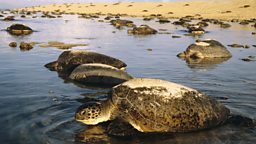
Coasts are the frontline in a changing world. The opening shot of Raine Island leaves you in no doubt as to the vulnerability of our planet's shores. This tiny sand cay is the world鈥檚 most important breeding site for green turtles, and a microcosm of the threats of climate change on the coast.
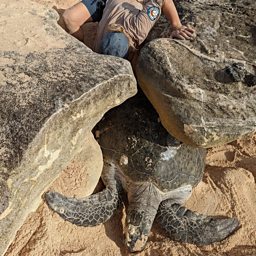
We weren鈥檛 the first to film on Raine Island. Our presenter, Sir David Attenborough visited when he was 31. In the 66 years since, research supported by the Wuthathi and Meriam people, the island鈥檚 Traditional Owners, has revealed some astonishing changes, that threaten the islands very future.
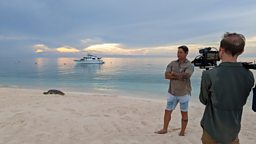
Planet Earth III begins with Coasts on 22nd October at 6:15pm on 麻豆官网首页入口 One and iPlayer
